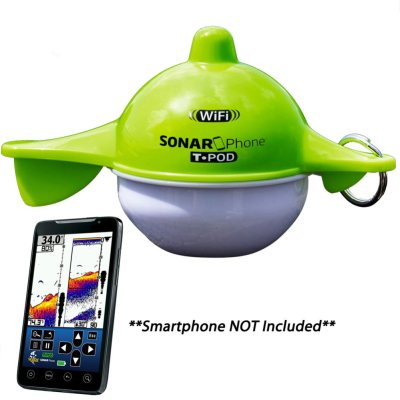mcarthur
Senior Member
- Joined
- May 9, 2018
- Messages
- 311
- Location
- Australia
- Vessel Name
- Blu Emu
- Vessel Make
- Ligure 50' aluminium power catamaran
What do people use to sound when using the tender to investigate possible entrances/access? We've a 1.1m/3+' draft, so talking areas already less than 3m deep.
Even better would be to have some idea of either side of the tender, say 2m.
Evev better better would be to create our own depth chart to integrate with the main vessel's.
- piece of string
- piece of string + weight
- piece of string + lead (to see what the bottom is - though if it's deep enough I can't see the bottom I'll be fine!)
- bathyscope and hope you can judge accurately
- walk (ignoring crocs and stonefish)
- handheld sounder
- ??
Even better would be to have some idea of either side of the tender, say 2m.
Evev better better would be to create our own depth chart to integrate with the main vessel's.


